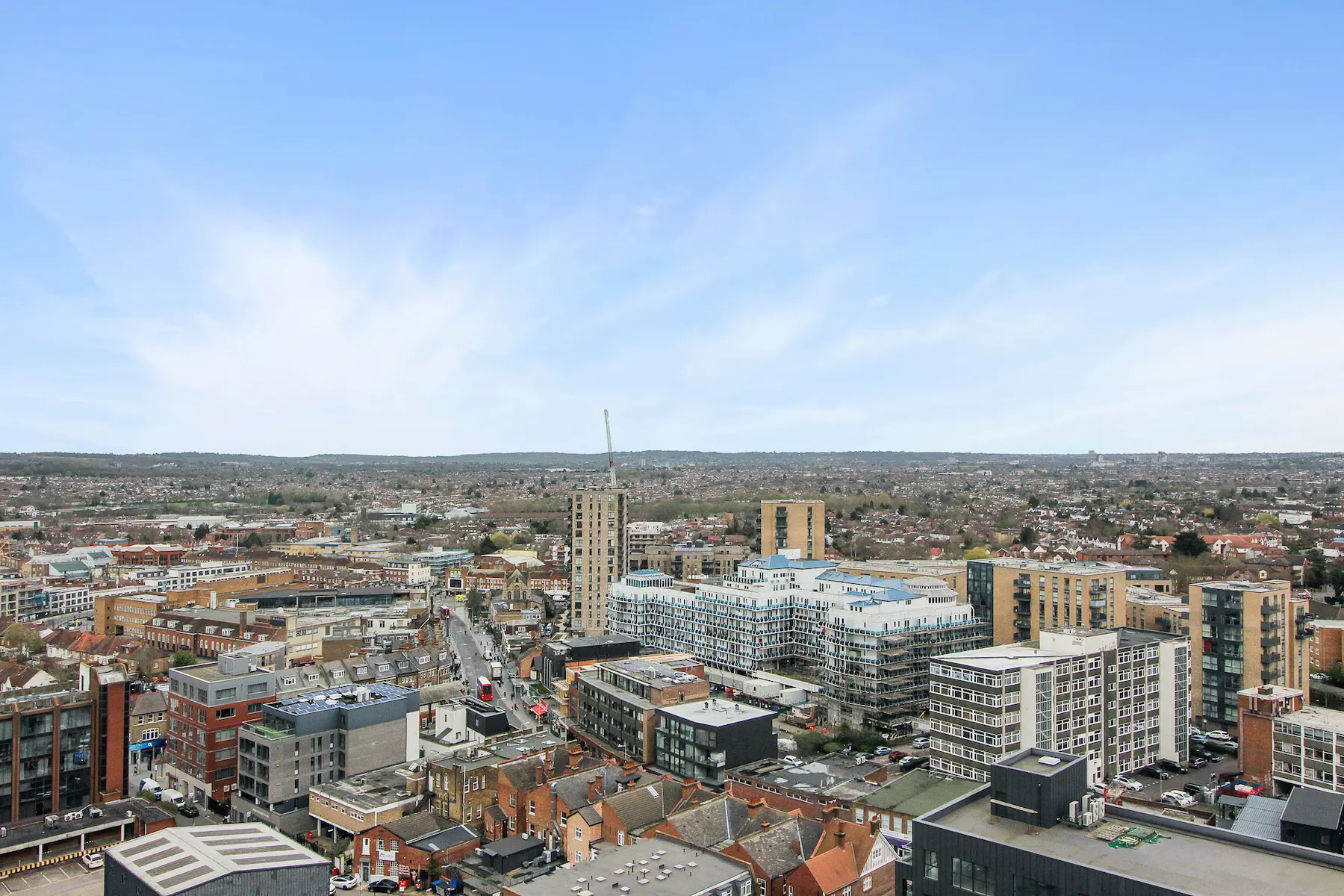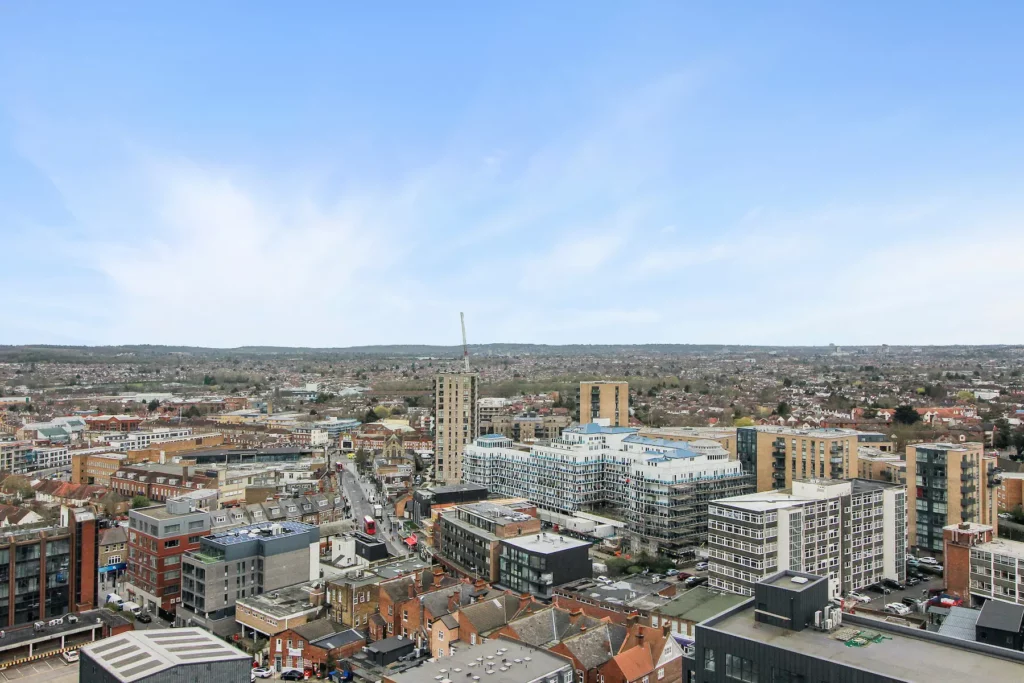History
Harrow was first settled in the early medieval period. Its name is believed to have originated from the Old English words “hearg” (a pagan temple) and “hyll” (hill), showing its early religious significance. The Domesday Book of 1086 records Harrow as having a church, which suggests it was a significant settlement even in Norman times.
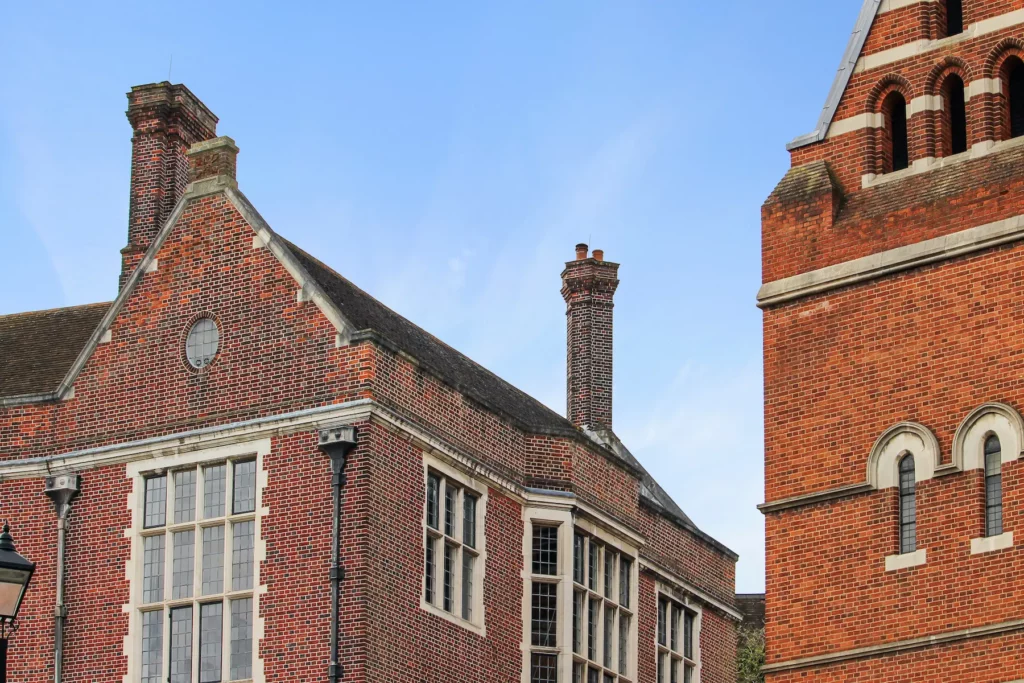
A pivotal institution in Harrow’s history is Harrow School, set up in 1572 under a Royal Charter by Elizabeth I. The school began with a local landowner, John Lyon, providing funds to support a free grammar school for the children of the parish. Over centuries, it grew into one of the leading independent schools in the UK, educating many notable figures, including states people, poets, and several British Prime Ministers. The school’s historic buildings and playing fields dominate much of Harrow on the Hill, contributing significantly to the area’s character.
Beyond Harrow School, the area boasts several historical sites, including St Mary’s Church on Harrow on the Hill, which dates back to the 12th century, and the Headstone Manor and Museum, a manor house surrounded by a moat, offering insights into Harrow’s local history over the past 1,200 years.
For much of its history, Harrow stayed a small, agriculture-based village, with much of its land used for farming and orchards. The 19th century, however, saw Harrow begin to change dramatically. The arrival of the railway in 1838 made the area more accessible, leading to increased residential development. Wealthy individuals from London sought residences in Harrow, attracted by its rural charm and the prestigious school. The 20th century marked a period of rapid expansion for Harrow. The need for housing in London led to the development of new suburbs, and Harrow grew to incorporate surrounding villages. It officially became a municipal borough in 1934 and later a London borough in 1965. This period saw the construction of many residential areas, schools, and the establishment of the University of Westminster’s Harrow campus.
Green Spaces and Recreation
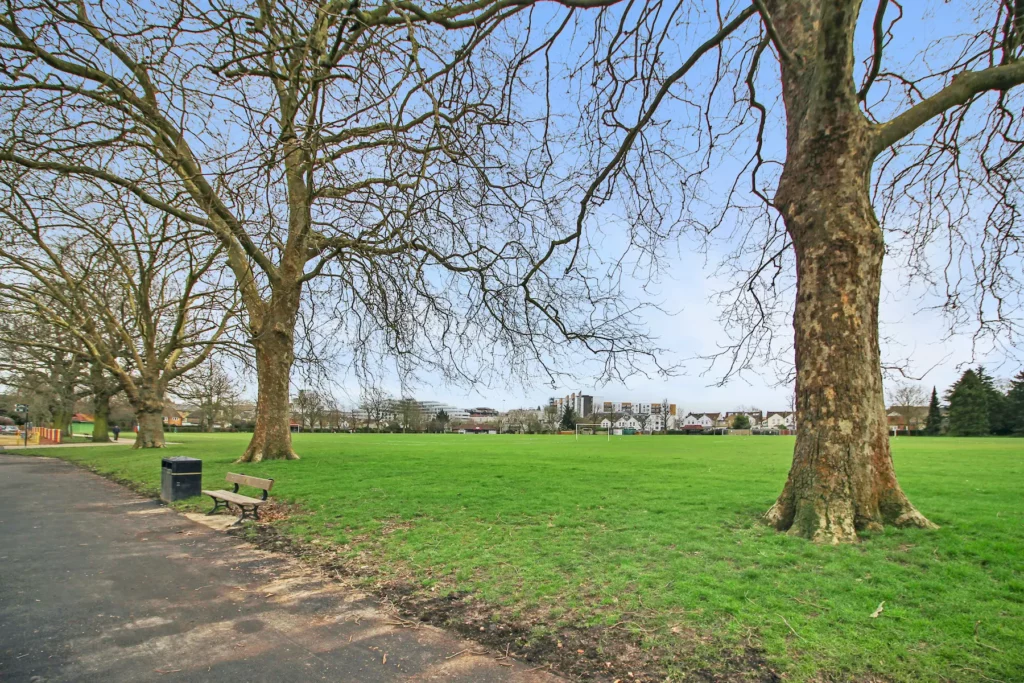
Located in central Harrow, Harrow Recreation Ground is a popular spot for families, athletes, and anyone looking to enjoy the outdoors. The park features extensive grassy areas perfect for picnics, sports, and relaxation, as well as a children’s playground, making it a favourite among local families. Sports facilities, including tennis courts and a cricket pitch, cater to those looking to stay active.
Kenton Recreation Ground offers a tranquil setting with its well-maintained paths, sports facilities, and green spaces. It is an ideal location for jogging, dog walking, and outdoor fitness activities. The park also has a playground for children, tennis courts, and a basketball court, offering a range of activities to suit all ages.
Canons Park, located near the border of Harrow and Stanmore, is known for its beautiful landscaped gardens, mature trees, and the remnants of the Canons estate, including the Georgian stables. Canons Park offers a serene environment perfect for leisurely walks, jogging, and enjoying nature. The park also features a children’s playground, sports pitches, and a café, making it a great family destination.
Pinner Memorial Park is another gem in the Harrow area, known for its beautiful setting that includes a lake, the West House, and the Heath Robinson Museum. The park’s tranquil atmosphere makes it a perfect spot for quiet reflection, walks, and feeding the ducks. Its playground and café ensure that visitors of all ages have something to enjoy.
Headstone Manor Park, surrounding the historic Headstone Manor, this park combines historical exploration with outdoor recreation. The site includes the Headstone Manor and Museum, set within a beautiful moat, offering a glimpse into Harrow’s past. The surrounding parkland provides open spaces for picnics, leisurely strolls, and wildlife watching.
Beyond parks, Harrow boasts several sports and leisure facilities, including the Harrow Leisure Centre, which offers swimming pools, a gym, sports courts, and fitness classes. The area is also home to golf courses, such as Harrow Hill Golf Course, providing golfers with challenging rounds amidst scenic views.
Harrow’s network of footpaths and cycle routes connect its parks and open spaces, making it easy for residents and visitors to enjoy active travel while exploring the area’s natural beauty. The Capital Ring Walk, a 78-mile circular walking route around London, passes through Harrow, offering walkers a way to experience some of the borough’s best green spaces.
Shopping and Leisure
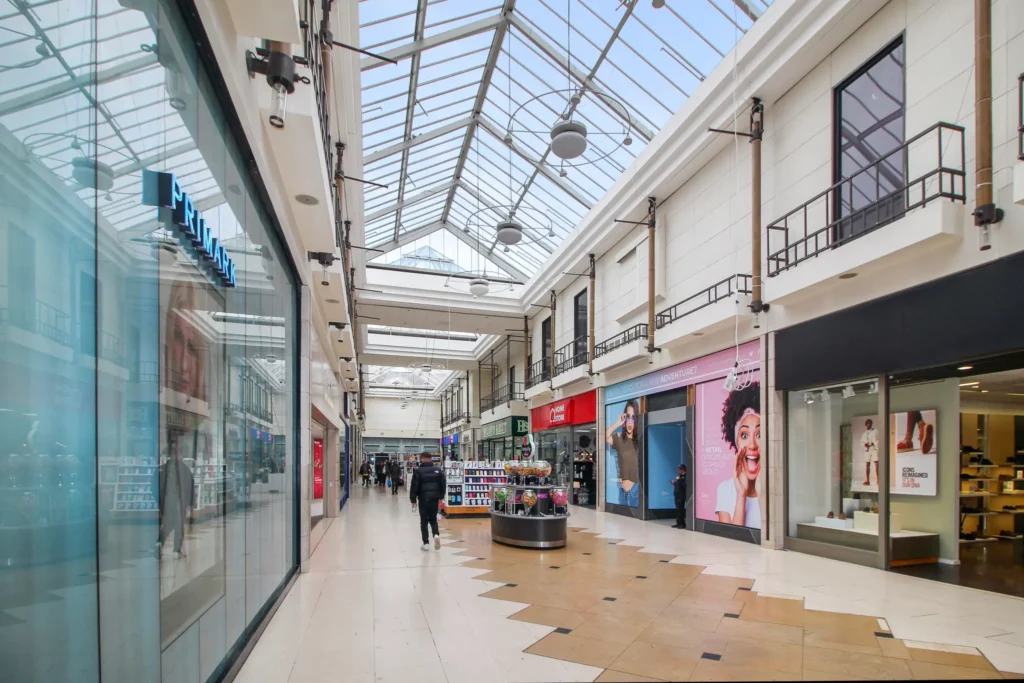
St. Ann’s Shopping Centre is one of Harrow’s primary retail destinations, found in the heart of the town. It houses a wide variety of shops, including major high-street brands, fashion outlets, health and beauty stores, and electronic shops, making it a one-stop destination for most shopping needs. The centre also features several cafes and eateries, providing shoppers with plenty of options for a quick snack or a meal.
St. George’s Shopping Centre, next to St. Ann’s, offers more retail options, including large supermarkets, furniture stores, and fitness equipment outlets. Its convenient layout and a range of stores cater to those looking for home goods, groceries, and lifestyle products.
Beyond the major shopping centres, Harrow is home to a plethora of independent shops and markets, particularly around Greenhill Way and Station Road. These areas are known for their unique boutiques, specialist food shops, and service outlets, offering everything from handmade crafts to international delicacies.
Vue Harrow is the go-to place for movie enthusiasts, featuring the latest in film releases, including Hollywood blockbusters, independent films, and Bollywood hits. With multiple screens offering ultramodern sound and visuals, it provides a top-tier cinema experience.
Harrow’s culinary scene is as diverse as its population, with restaurants, cafes, and bars serving dishes from around the world. From traditional English pubs to Indian, Lebanese, Italian, and East Asian eateries, there’s something to satisfy every palate. The town also has a choice of bars and pubs that provide a relaxed atmosphere for evening and weekend outings.
The Harrow Arts Centre is the focal point for cultural activities, offering a program of theatre productions, concerts, exhibitions, and workshops for all ages. It serves as a community hub for the arts, promoting local talent and providing educational programs in the arts.
Harrow’s libraries and community centres offer spaces for learning, relaxation, and socializing. With a range of books, digital resources, and regular events such as author talks, reading groups, and children’s activities, these facilities play a crucial role in Harrow’s community life.
Education
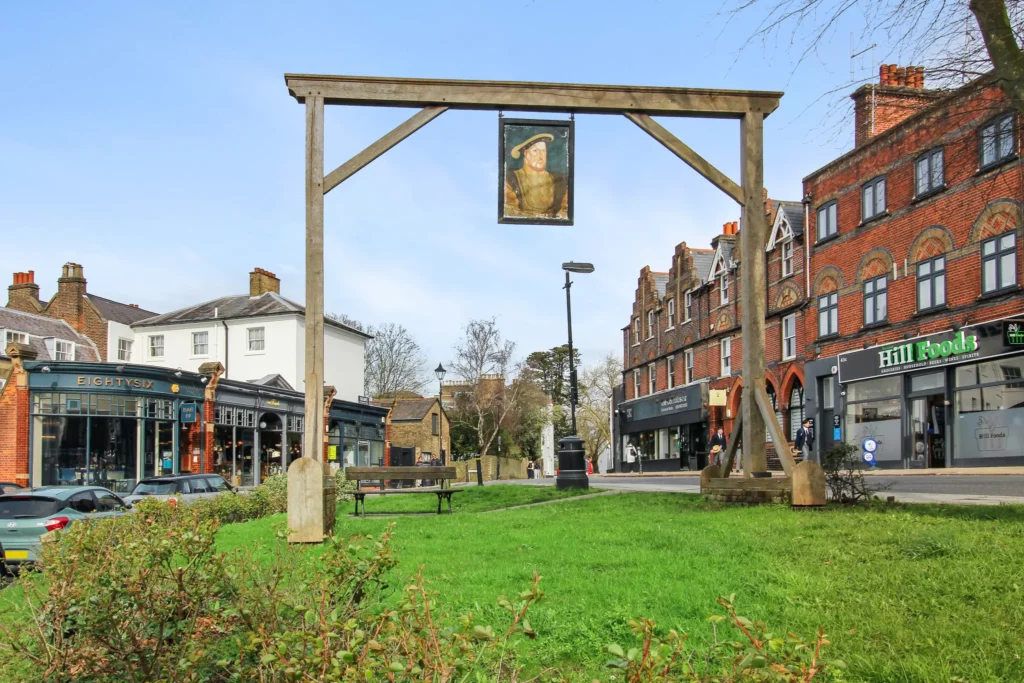
Harrow School, one of the most famous independent schools in the world, is found on Harrow on the Hill. This all-boys boarding school has a long history of excellence in education, tradition, and producing notable alumni, including states people, poets, and prime ministers. The school’s curriculum focuses on a broad range of subjects, with a strong emphasis on the arts, sciences, and humanities, alongside extensive extracurricular programs.
Harrow’s state schools consistently perform above the national average, with many rated ‘Outstanding’ by Ofsted. The borough offers a wide selection of primary and secondary schools that cater to diverse educational philosophies and approaches, including mainstream, faith-based, and specialist schools. Schools like Harrow High School, Nower Hill High School, and Rooks Heath College are known for their strong academic records, comprehensive curriculum, and supportive learning environments.
Harrow College is the largest further education institution in the borough, offering a wide range of A-level courses, vocational qualifications, and adult education classes. The college provides pathways to higher education, apprenticeships, and employment through its focus on developing skills and qualifications relevant to the workplace. Stanmore College is another important provider of further education in the area, known for its inclusive environment and focus on individual student achievement.
Harrow also hosts institutions that specialize in specific fields of study. The Harrow School of Art, part of Harrow College, offers courses in art and design, catering to students looking to pursue careers in the creative industries. Additionally, the borough provides excellent provision for special educational needs and disabilities (SEND), with schools and units dedicated to supporting students needing tailored educational approaches.
While Harrow itself does not host a university, the University of Westminster’s Harrow Campus is found just outside the borough’s boundaries and is easily accessible to Harrow residents. This campus is particularly renowned for its School of Media and Communication, offering ultramodern facilities and courses in media, film, music, fashion, and journalism, reflecting the university’s strong industry links and focus on employability.
Transportation
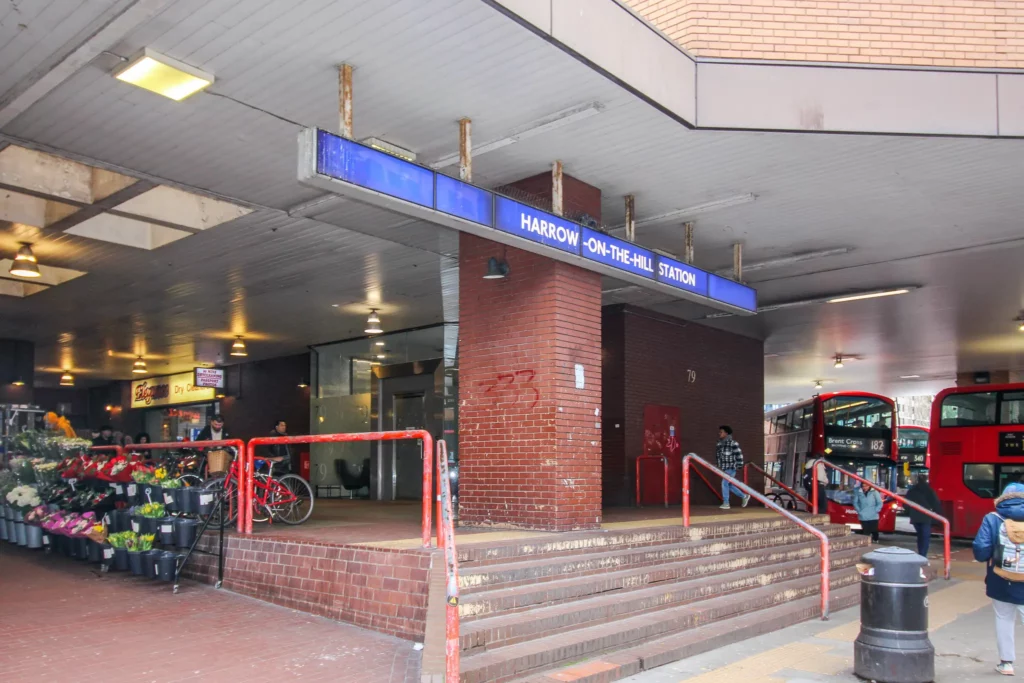
Harrow-on-the-Hill station is a key transport hub in the borough, serving as an interchange between the London Underground and National Rail services. On the Underground, Metropolitan Line, offering direct, fast services to central London and the City, making it a popular route for commuters. The station also provides Chiltern Railways services, offering connections to Aylesbury and other destinations in Buckinghamshire, providing an essential link for those traveling between Harrow and the wider region.
Harrow & Wealdstone station offers a wide range of rail services, including London Overground, Southern, and London Northwestern Railway, alongside Bakerloo Line services. This station offers direct routes to central London, Watford, Milton Keynes, and further afield, ensuring residents have access to a broad transport network. The Bakerloo Line provides added connectivity to the London Underground network, complementing the Metropolitan Line services from Harrow-on-the-Hill.
Harrow boasts an extensive network of bus routes, connecting the borough to nearby areas such as Watford, Wembley, Stanmore, and Northolt. These services ease local travel within Harrow and provide vital links to other parts of London, making the bus network an essential part of the borough’s public transport system. Night bus services also ensure that transportation is available around the clock, catering to the needs of late-night travellers.
Harrow is well-served by major roads, including the A409, A404, and A312, which provide easy access to London’s ring roads and motorways, such as the M25, M1, and M40. This road connectivity is crucial for residents who commute by car or for businesses requiring road transport. The borough also has several car parks, offering convenient parking options for shoppers and visitors.
Harrow is increasingly promoting cycling and walking as sustainable and healthy modes of transport. The borough has implemented several cycle routes and lanes to improve safety and accessibility for cyclists. Walking routes and footpaths are also well-maintained, encouraging residents to enjoy the borough’s parks and green spaces. Initiatives to enhance cycling and walking infrastructure continue to be a focus, aiming to reduce congestion and improve air quality.
While Harrow itself does not have an airport, its proximity to London’s major airports is a significant advantage. Heathrow Airport is easily accessible by road and public transport, offering global connectivity for residents and businesses in Harrow. Luton Airport is also within a reasonable driving distance, offering more options for international and domestic flights.
